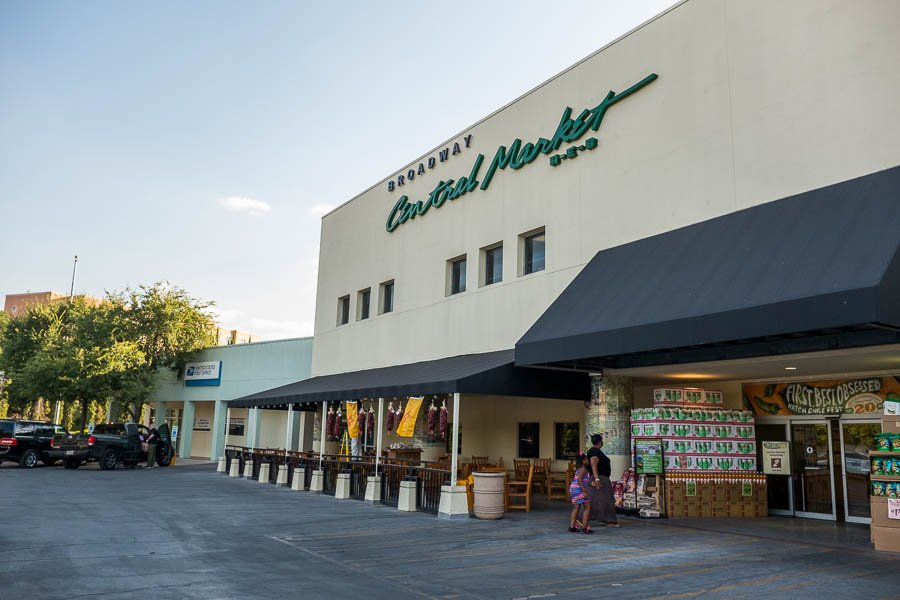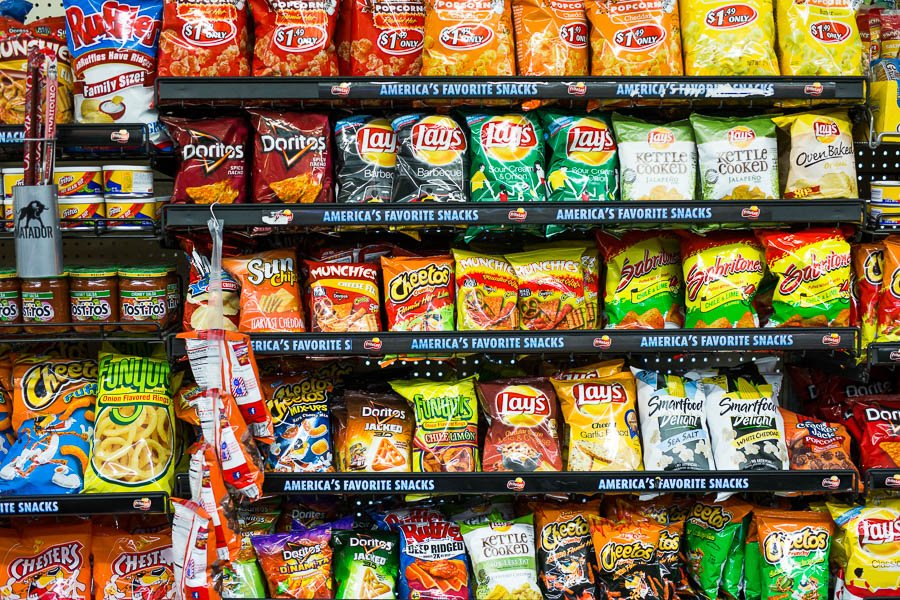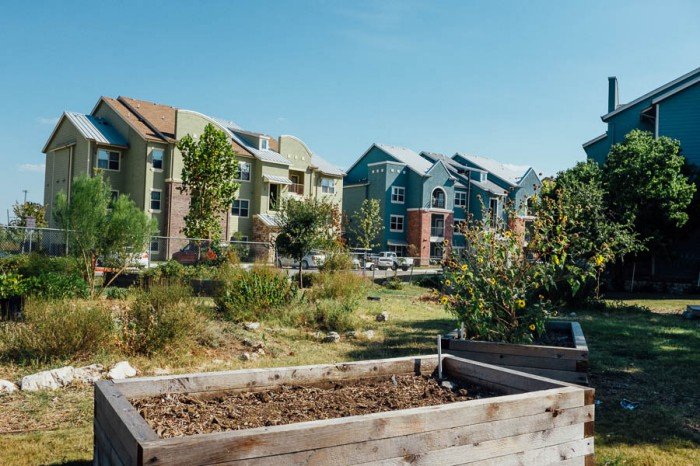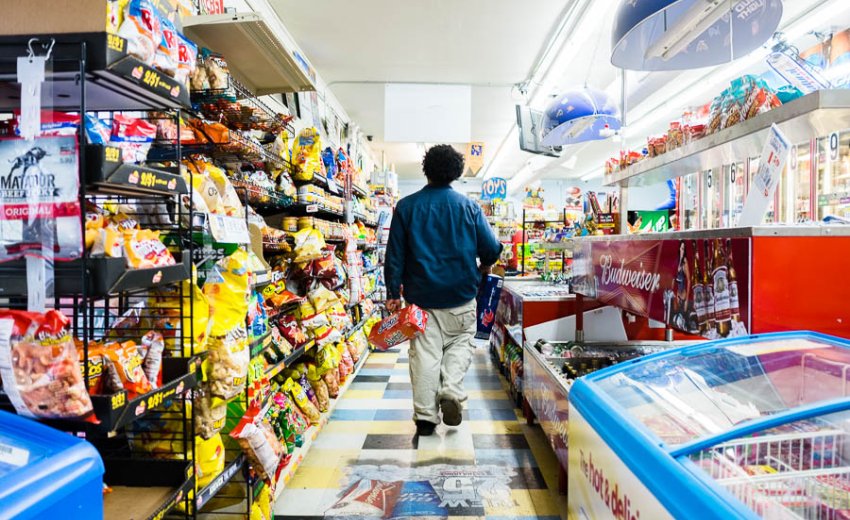4 August, 2015: We live in a time when food attracts growing scrutiny,” stated Clare Hinrichs, a rural sociology professor at Penn State, in “Remaking the North American Food System.”
“Long taken for granted, food now gives many people pause. They ask where it comes from, how it is grown and prepared, and what implication it has for our health and the environment.”
The answers to these questions and the main factor contributing to our food choices are rooted in the American food system, which affects all of us.
According to a Minnesota Medicine article by Dr. David Wallinga, our food system refers to every process and person involved in producing food at the farm and bringing it to your plate: food production, harvesting, processing, marketing, distribution, and so on. It is constantly evolving and shifting over time. But today our food system has become inherently unhealthy and socially, economically, and environmentally unsustainable. The food system’s most personal impact is its role in creating hunger and poverty.
The conventional food system we have today developed after World War I when those in the food sector implemented a linear, “industrial approach to agriculture and food production,” stated Geoff Tansey in his book, “The Food System.” The system responded, and continues to respond, to high inputs and overcomes the seasonality of all foods. Slowly, foods became commodified and where food production, sales, and consumption were once done at a local level, the industry became increasingly global. Now, producers seek to minimize their costs and maximize their returns in a competitive, international marketplace.
This disconnect between local citizens and their food has resulted in issues of food access, food insecurity, and hunger.
Eric Cooper, president and CEO of the San Antonio Food Bank, said many of those suffering from hunger today are low-income families most likely living in a “food desert,” or areas with limited access to food. As of March of this year, in Bexar County, 176,881 low-income people live in a food desert where they have low access to a supermarket or large grocery store that serves fresh food.
The large supermarket was born in the ’50s with the emergence of the global food system. During this time, national food corporations started to grow in size in the United States, Cornell Sociologist Professor Thomas A. Lyson stated in “Remaking the North American Food System.”
Lyson’s research revealed that food production slowly became concentrated in a handful of U.S.-based multinational corporations, which lead to the erosion of rural communities and culture, dwindling of public health, and destruction of the environment. Several large food companies headquartered in Texas include Sysco, Dean Foods, Borden Milk Products, and Frito-Lay.
From here, the emergence of food deserts occurred over the last 30 years. As corporate control over the food system increased, large, chain supermarkets – such as Albertsons, Walmart, Kroger, Aldi, and Target – drove out small-scale, mom-and-pop grocery stores. Where a good quality grocery store could once be found in every neighborhood, one large supermarket several miles away took their place.
 |
| H-E-B’s Central Market located on Broadway Street. Photo by Scott Ball. |
“Retail grocery stores look at where people live and locate distribution sites where their target populations exists,” Cooper said. “That’s a logical approach but unfortunately the model is based on the marketplace which establishes where money is being spent.”
When large groceries stores drive out local food options in a neighborhood it can leave consumers confused, overwhelmed and in some cases, struggling to meet their food needs and losing control of how to navigate food.
“The invisible hand of the market is not concerned with how many suppliers there are but it does demand that they focus on their own prosperity, not our dietary well being,” former Vancouver City Councilmember Peter Ladner stated in his book, “The Urban Food Revolution: Changing the Way We Feed Cities.”
If a family lives in a food desert, they are less likely to make frequent trips to the grocery store and the produce at the closest store, such as gas stations or convenience stores, is not the freshest, said Stephanie Jerger, the mission advancement communications director of the YMCA of Greater San Antonio.
 |
| Racks of assorted snacks on display at Express Mart #4. Photo by Scott Ball. |
“Low-income residents in food deserts may also lack transportation and therefore rely more on smaller neighborhood stores that may not carry healthy foods or may offer them at higher prices,” she said.
The poor efficiency of the food system, coupled with food deserts, also leads to hunger. The San Antonio Food Bank provides about 58,000 people each week with emergency food assistance. At a state level, Texas is the second most insecure state in the nation where 17.1% of Texas’ population is food insecure.
According to the San Antonio Food Bank’s website, food insecurity is when you are so limited in resources to buy food that you are running out of food, reducing the quality of food that your family eats, feeding your children unbalanced diets, or skipping meals so your children can eat.
 |
| >Bags of produce are handed out to families in need of food at the San Antonio Food Bank. Photo by Scott Ball. |
“One in four children in Bexar County is at risk of being food insecure,” Jerger said. “One in five adults in Bexar County struggles with hunger.” So in response, the YMCA recently partnered with the San Antonio Food Bank through their Charity4Charity initiative. Jerger said donating to food pantries is one way citizens can help those who are food insecure.
Cooper said another phenomenon impacting community food quality is “food swamps.”
“Food swamps are the proliferation of fast food or cheap fried foods in one area,” he said. Many food swamps spring up in food deserts and low-income communities, which makes it challenging for healthy grocery stores to enter the neighborhood and compete.
Cooper said even though large, retail grocery stores contribute to the creation of food deserts, they cannot be fully blamed and, can sometimes serve to combat food deserts and food swamps. “That’s why we are so excited about HEB’s new downtown location,” he said. “It will be a wonderful asset to the community and will serve the downtown food desert.”
 |
| President and CEO of San Antonio Food Bank Eric S. Cooper poses for a photo with volunteers. Photo by Scott Ball. |
Another step in a positive direction includes San Antonians embracing a new alternative agricultural paradigm called civic agriculture. Hinrichs said this is when people try to re-localize food production and democratize the food stem.
To combat food insecurity and food deserts many people in San Antonio are starting to frequent farmers markets, establish their own backyard or community gardens, school gardens, farm to school programs, farm to table restaurants, and other community-based urban food programs. Not only do these methods ensure that sound food production methods are integrated into the community, they also nurture the local economy. Civic agriculture is good, clean, in-season, sustainable, and fair, ensuring local food self-sufficiency in San Antonio.
Participating in a Community Sustained Agriculture program (CSA) is another way many San Antonians circumvent the corporate food system. In a CSA, consumers get a box of fresh, in-season produce directly from a grower every week.
According to Koch Ranch‘s website, a San Antonio based CSA, consumers receive local food from the farmers who produce it. The website stated supporters of community agriculture actually share in part of the farmers’ risk. That is, they pay in advance for a portion of the farmer’s total crop.
Another particularly successful example of a local food program are The San Antonio Housing Authority (SAHA) Gardens. These gardens are located at 11 housing complexes around the city, in food desert areas. SAHA uses the empty spaces near its buildings to grow healthy produce to feed residents.
 |
| The community garden at the Sutton Oaks Apartment Community. Photo by Scott Ball. |
“One of the ways that people gauge poverty and income equality is in how much access there is to healthy food,” stated Beth Keel, SAHA sustainability initiatives liaison, in a Seedstock article. “It’s easy to see, areas without good grocery stores are almost always low-income. The idea of urban farms came along to supplement food security and make it so that residents wouldn’t have to go so far to get inferior food at McDonald’s or a gas station.”
Real, sustainable change will improve the health of everyone will come at a systemic level. To bring about this systemic change, Cooper suggests to buy local or at least regional food, educate yourself on local food issues, advocate for local food sources, encourage local elected officials to partner with food retailers to establish sustainable food options, and host town-hall meetings to inform your community on the issue.
In addition to food-activism, San Antonio citizens can take back control of their food through the seven local CSAs, 31 farmers markets, and more than 35 community gardens.
Editor's note: This article was originally published on Aug 10th 2015






